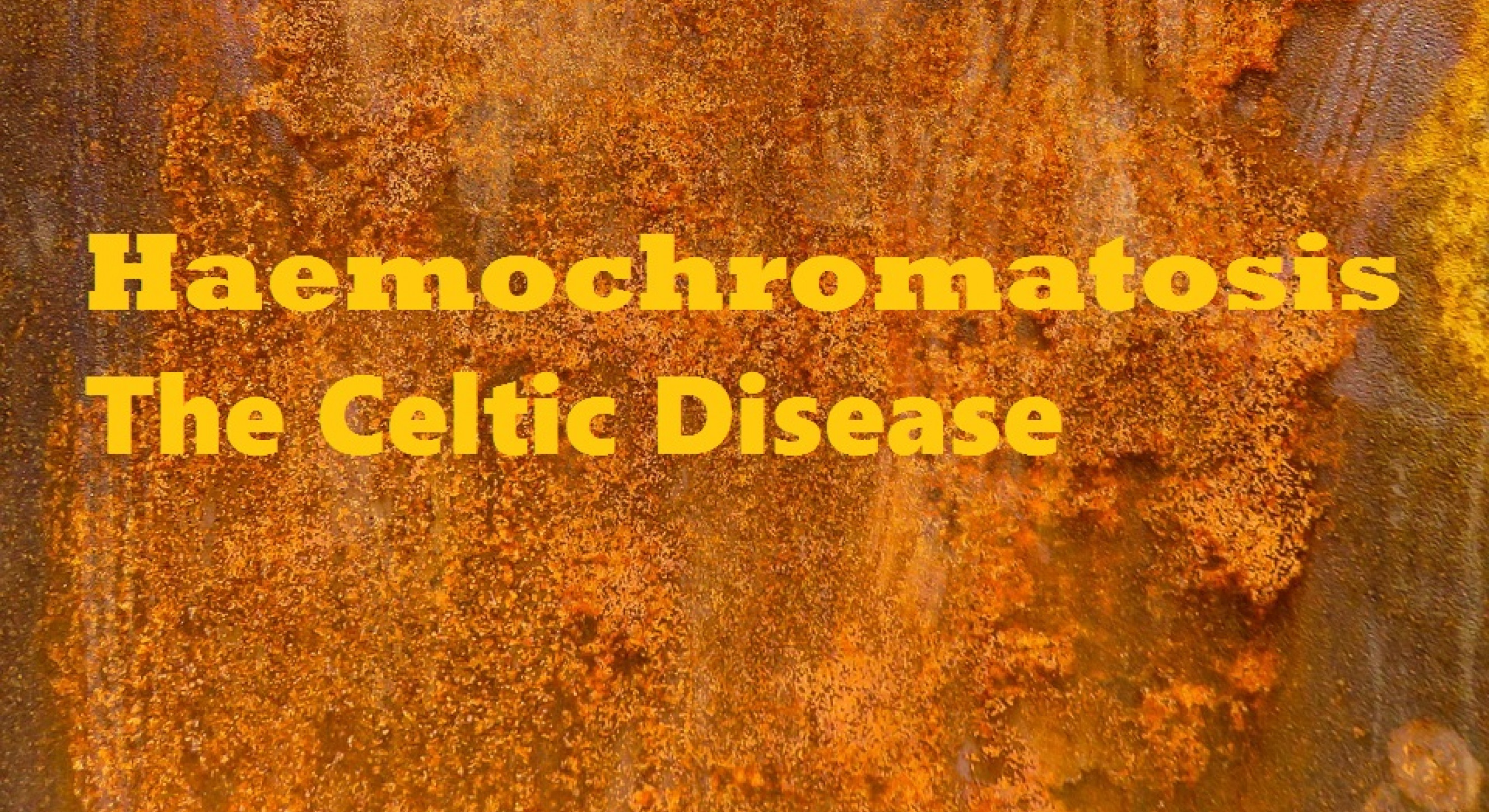Research, led by a group from the University of Exeter in the UK with the US National Institute on Aging and the University of Connecticut, revealed that the iron overload condition haemochromatosis is much more common than previously thought.
Hemochromatosis is a genetic condition that causes the body to absorb too much iron from food and can lead to serious complications if left untreated. It’s often referred to as the Celtic Disease because its most commonly found in the Celtic nations – Ireland, Scotland, Isle of Man, Wales, Cornwall and Brittany.
One in five Irish people is a carrier of the gene. Scientists are not sure why the gene is more prevalent among people with Irish heritage, but it is thought that the gene mutated 50 generations ago, about 900 AD.
Haemochromatosis used to be considered a low–level health risk but Exeter University has said the condition could affect up to 20 times more people than earlier figures suggested. The latest research reveals that it quadruples the risk of liver disease and doubles the risk of arthritis and frailty in older age groups.
Haemochromatosis is difficult to diagnose but it is important that the condition is diagnosed early. If the condition is treated before excessive build–up of iron occurs life expectancy should not be affected.
Dr. Luke Pilling of the University of Exeter Medical School said “We found that diagnosis of haemochromatosis is often delayed or missed. That’s not surprising as symptoms such as joint pain and tiredness are frequently mistaken as signs of ageing. Yet, it is likely that these potentially deadly health risks could be treated and avoided, transforming lives, especially at older ages.”
Symptoms of haemochromatosis include fatigue, joint disease, heart problems, unexplained cirrhosis, skin problems, and sexual health issues.
Treatment is relatively simple and consists of regular removal of blood as the body makes more blood to replace that taken, it uses up the excess stored iron. So if you have a family history of haemochromatosis or suspect that you may have it, speak to your doctor about testing. It’s usually diagnosed with a simple blood test.
For more information on Haemochromatosis download the Irish in Britain fact sheet here
Or visit haemochromatosis.org.uk
